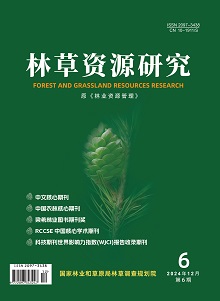Purification Efficiencies of Different Wetland Plants for Domestic Sewage in Beijing
CUI Lijuan, SHANG Xiaojing, WANG Yifei, LI Wei, ZHANG Manyin
2009,(4):
109-115.
 Asbtract
(
211 )
Asbtract
(
211 )
 PDF (506KB)
(
133
)
References |
Related Articles |
Metrics
PDF (506KB)
(
133
)
References |
Related Articles |
Metrics
This study aimed to investigate the purification efficiencies for domestic sewage in wetland plant ponds using five wetland plant species,Phragmites australis,Typha orientalis,Oenanthe javanica,Menyanthes trifoliate and Salix viminalis.Experiment with six plant dispositions was conducted in Yanqing County of Beijing from June to November 2008.After six months monitoring on pH,chemical oxygen demand(COD),total nitrogen(TN)and total phosphorus(TP),the results indicated that wetland plants were capable of removing pollutants from wastewater,and the purification efficiencies increased with increasing temperature and plant growth before September,but this increasing tends slow down or the purification efficiencies decreased from September.Purification efficiencies for pollutants were different among the five wetland plant species and six wetland dispositions.For the five wetland plant species,Typha orientalis,Menyanthes trifoliate,Phragmites australis and Salix viminalis got the best purification efficiencies for pH,COD,TN and TP,respectively.The purification efficiencies of Typha orientalis and Salix viminalis were the greatest for all these four pollutants.Compared plant disposition with the single plant,plant dispositions were more efficient for pH and TN removing,but less efficient for COD and TP than single plants.Phragmites australis and Menyanthes trifoliate were suitable for plant dispositions with other species in pollutants removing,while the purification efficiencies of single Typha orientalis,Salix viminalis and Oenanthe javanica performed better compared to plant dispositions.

